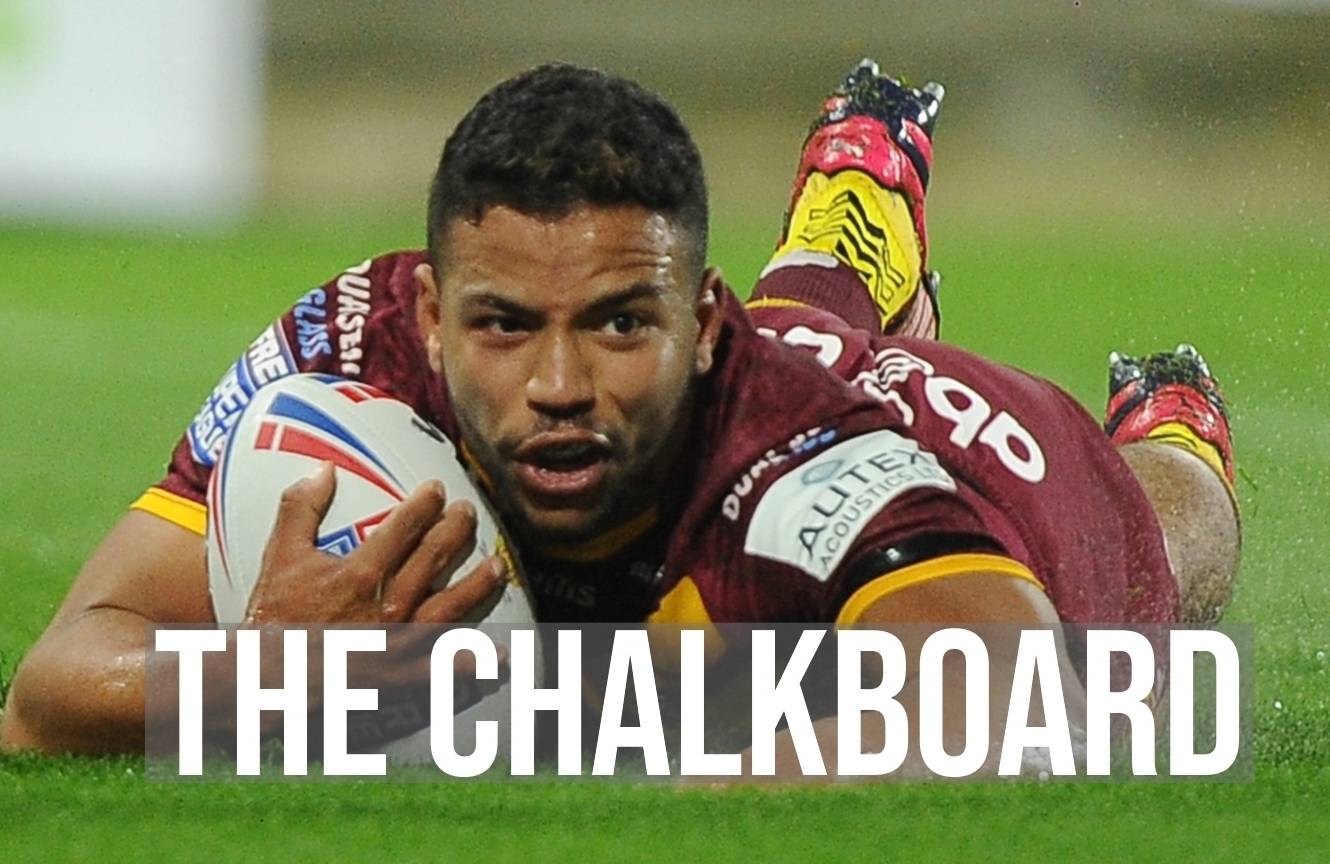25 Oct 2019
THE CHALKBOARD: NUMBER 9S

With nine days until the Seat Renewal deadline, we continue our countdown by looking at the most misunderstood position on the pitch - the Number Nine.
The Hooking role has changed so much from the days of scrummaging and mauling, to the point where calling the number 9 a hooker is as pointless as calling trying to differentiate between the job of a scrum half and a stand off. But whilst the traditional skill of hooking the ball out of the scrum is no longer needed, what is needed is the skills to manoeuvre the play from behind the ruck.
It would be absurd of me to not mention briefly the pressure put on the men wearing the number 9 jersey, just in regular play. Choosing the correct side of play is usually dominated by the playmaker but the hooker needs to be able to adapt to circumstance and have a natural ability to complete that move, even if it goes against the natural play or the decision of the playmaker, and when it goes wrong… Don’t we all just know about it.
But that is but the basics, and when it comes to dummy-half, the vital tool is the scoot. With the scoot there’s two things I look for and it all depends on the speed of the play the ball, and whether the markers are square to the tackle.
Firstly, let’s look at dominant rucks, being that defences aren’t set and the markers aren’t square, it’s the hookers job to scoot out and make the yardage. This sort of ruck will suit hookers like Kruise Leeming, Brad Dwyer and Daryl Clark, where they can use their speed to get out and create problems right up to the line.
The break in the markers gives Leeming a chance to hit the gap, knowing the defenders aren’t legally allowed to tackle him until they have retreated the full ten yards, giving Huddersfield a guaranteed 10 yards and the probability of another quick ruck, giving Leeming will be braced for contact. This is a tactic Warrington try to use frequently, utilising Daryl Clark as much as possible.
Top #FantasySL points scorers in round 5:
— Betfred Super League (@SuperLeague) March 11, 2019
💪 Kruise Leeming (@Giantsrl) - 103 points
😇 Theo Fages (@Saints1890) - 94 points
⚫⚪ Sika Manu (@hullfcofficial) - 90 points
🦏 Trent Merrin (@leedsrhinos) - 86 points
😈 Josh Jones (@SalfordDevils) - 86 points pic.twitter.com/q7MW2dRMlW
There is also a little caveat to these runs, being that once you are in front of the ruck, and the defenders are retreating you can look to offload the ball to a forward who is running his line also in the knowledge that the defending line isn’t moving forward both because they have been caught by the quick play the ball and as to not break open the defensive line to allow the hooker to find a gap whilst on the front foot.
A short ball to the forward in that position can be effective in guaranteeing the quicker play the ball, as rarely do forwards coming onto dominate contact, not win the ruck and subsequently a quick play the ball.
The other use of the scoot is probably the more skilful of the two, and is, in my opinion, the key to being a successful modern day hooker.
In attacking situations, timing and execution is paramount to the job of a number 9. It is rare in these situations that the defence will have man for man lined up, given that there are two markers and, assuming the hooker does his job to get round the ruck, only one attacker. The next step is for the hooker to get his hips square to the defensive line - it sounds so simple but it’s effective. If the hookers hips are parallel to the defenders’, the defence has no choice but to close the gap, with the obvious possibility of the dummy half breaking through the defensive line themselves. After the defence has pushed in, a well execution pass will give the halfback’s space to work with, which is where players like Lee Gaskell, Jackson Hastings and Jonny Lomax thrive.
Hookers are the start of almost every point scoring attack, and more often than not are an extremely important part of those scoring plays, with the disappointing part being that it usually goes unnoticed.
I’d go into the defensive, but you only have to look at the defensive stats of Danny Houghton, Sam Powell etc. to understand the sort of work these men have to go through game to game.
Number 9’s of the Rugby League world, we salute you.







































